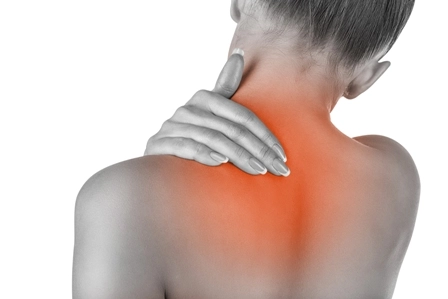PM Practices Get a Few Additions, Revisions in New Code Set

Start knowing these codes now; only 4 months ‘til implementation! There’s a new list of ICD-10 codes to consider for 2020. Anyone who’s played the diagnosis coding game knows that these codes go into effect on October 1, 2019, so the 2020 tag is a bit misleading. Don’t worry though; PM practices will only be dealing with a single new code and some diagnosis code revisions. Check out what you’ll need to know to remain spot-on in your diagnosis coding with the 2020 codes. Cyclical Vomiting Codes Get Addition There’s a single brand-new code that PM practices might find relevant, especially if they see migraine patients. The new code is R11.15 (Cyclical vomiting syndrome unrelated to migraine). This addition is set to give the R11.1- (Vomiting) code set another option. So the new ICD-10 books will feature these options under R11.1- (new code in bold): Revisions Marked by More Vomiting, Ruptures There are also some revisions to existing codes that you’ll want to make sure you know in order for correct coding. The revised codes include: On October 1, be sure to keep these revisions in mind so you stay atop of the heap with your diagnosis coding accuracy. Foot/Ankle Codes Could Come Into Play Another set of revisions includes the ICD-10 codes for enthesopathy affecting the foot and ankle. “The codes for congenital anomalies of the feet have been expanded for reporting of laterality,” explains Heidi Stout, BA, CPC, COSC, PCS, CCS-P, with Coder on Call, Inc., in Milltown, New Jersey. Here’s a rundown of the revised foot/ankle codes: Revisions: In ICD-10 2019, all of the above codes ended with “foot.” Since ICD-10 2020 adds “and ankle” to all of these codes, you will be able to use them in more circumstances.




